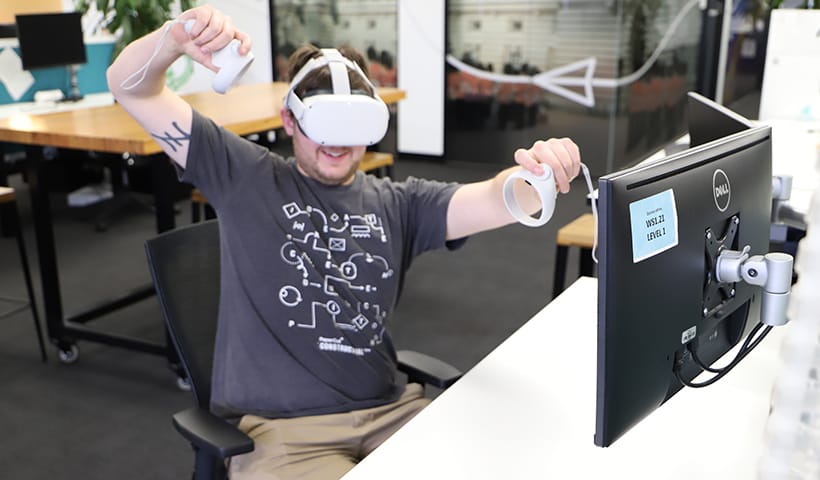Walk into almost any office today, and among the desks, chairs, computers, and coffee machines, you’ll probably also find at least one printer.
But in 100 years’ time will that still be the case?
I honestly don’t think so.
Today, physical printing is still needed in so many areas:
- Hospitals require certain documents and forms to be printed or faxed
- Planes need physical manifests before they can take off
- Real estate agents require you to sign on the dotted line
- Kids simply NEED Minecraft printouts for coloring in…
You get the idea.
As time keeps ticking and people’s thinking becomes greener and greener, these things will start to change. Maybe slowly or quite quickly, it’s really hard to tell. But a century from now, I think the humble ream of paper will be as alien as a floppy disc.
The paperless office has been a pipedream since 1945 . Not for much longer… In my opinion, the paperless office will come about due to a rise in a new form of personal computing: Virtual and Augmented Reality .
VR and AR: the workplace of tomorrow
Head-Mounted Displays (HMDs) have come a long way in recent years, going from giant heavy helmets to rather small and lightweight devices. The best one currently available in terms of price and accessibility would have to be the Oculus Quest 2 ; a completely standalone, self-powered VR headset running off an internal processor so no external computer is required.
Even though in its current form, VR is mainly used for playing video games, in the past few years great strides have been made in telecommuting and virtual meetings. This will only get better as Augmented Reality hardware is developed and released to the public.
How will this bring about the paperless office? The requirements for printing will fall as it becomes as simple as handing a virtual document over to another person, rather than emailing and printing.
Some people look at VR and AR and call them fads, but some of the world’s biggest tech companies are pouring cash into research and development of the technologies - companies like Microsoft , Facebook , and (if the leaks are to be believed) Apple too.
What will the office look like in 2121?
While VR is out there right now for anyone to go and buy, good, cheap, consumer AR is still a little while away.
But it is coming.
Once it does, I genuinely believe the world will start to change. Just as everyone has a smartphone in their pocket, in a decade or two, pairs of normal-looking glasses, that are actually Augmented Reality displays, will be commonplace.
Google has tried this in the past with Google Glass. Their problem was that they were both ahead of their time, while the tech itself was also not advanced enough. They should have continued to develop and improve the technology before releasing it.
Using my crystal ball, which may or may not actually exist, I cast my eyes to 2121 and what the typical office will look like…
I don’t see computers or servers, everything will be cloud-based. I hardly even see employees in the office. Maybe only on special occasions and for very important meetings will people actually need to gather in a room. Due to COVID-19, the parts of the world that can return to the office are already embracing this approach with hybrid working.
100 years from now, maybe even sooner, AR will be so commonplace and so advanced that it will basically be second nature to everyone. Video meetings won’t be a Brady Bunch display on your screen. Photorealistic ‘holographic’ projections displayed via AR HMDs will be the method of communication. We’ve seen it in various sci-movies , and it will eventually be a reality: a boardroom full of virtual people broadcasting from different physical locations.
Where does printing fit into the picture?
The COVID-19 pandemic has highlighted just how efficient fully remote, or hybrid, working can be.
Bringing VR and AR into these setups would help elevate these working models to the next level. New employee training and onboarding become so much more engaging, concepts for new products can be accurately displayed at scale, rather than just images on a screen.
The “AR revolution” is fast approaching, I‘m already starting to see it with software like Spatial , a VR/AR virtual meeting room application.
The idea is so basic and well-executed that Microsoft demoed it live on stage in a Hololens presentation.
This is the world we’re heading towards. It’s coming, so how does printing adapt to be a part of it?
For us at PaperCut, maybe something like PaperCut QRdoc can evolve and mature…
This question is something our entire industry will really need to think through. Where do we fit into the coming dawn of the paperless AR and VR workplace?
Put simply, what will we do when printing is no longer what we do?


